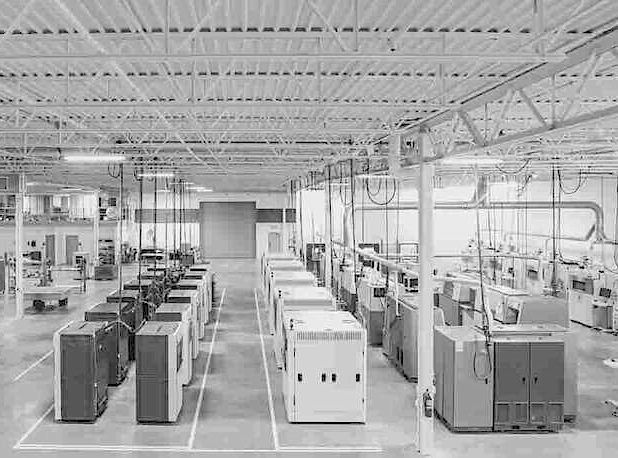
I recently spoke with Rich Stump of FATHOM and learned how the manufacturing service industry is consolidating.
There are plenty of manufacturing services in the world today, and many offer comprehensive 3D printing and associated services. They’re usually the best bet for entrepreneurs looking for someone to produce a new product in low unit volumes because of the availability of equipment and expertise to operate them.
But that world seems to be changing in recent months.
When I began the conversation with Stump, I thought I’d be talking about FATHOM, the manufacturing I’d known for a couple of years. However, it turns out things have changed.
MCT Acquisitions
Last September the company was sold to investors, and then things got a bit complicated. Let’s see if I can list what’s transpired:
- In September 2018 Midwest Composite Technologies (MCT), a manufacturing service we’d done business with previously, was sold to a Chicago private equity firm, CORE Industrial Partners.
- In September 2019, MCT acquired Oakland-based FATHOM to create a much larger manufacturing service with multiple locations.
- In December 2019, MCT acquired ICOMold, a Toledo-based injection molding specialist that also has an operation in Shenzhen, China.
Stump told us the brand going forward will be “FATHOM”, and they will continue to expand. This is quite in line with the strategy I heard from CEO Ryan Martin earlier, where the idea was to both grow organically and acquire other providers to build a large manufacturing service.
It seems that vision is coming true, as the new FATHOM now counts multiple factories across the US and also China.
It’s not without challenges, however, as Stump explained there are differences in philosophies among the parties, but that they are working together.
FATHOM Operations
Stump explained they’ve been incredibly busy in recent months, as they’ve been involved in many projects, some of which are COVID-19 related. For example, they’ve been involved in the Ford ventilator project, and have been producing many test swab kits.
The virus is also causing them to think a bit differently about how they do business going forward. One aspect they’re considering is to increase the use of automation and robotics on the factory floor, as this could be a way to decrease the density of humans, lessening viral transmission potential.
Most of their manual labor is in post-processing, and this is likely to be an area where we will see the introduction of increased automation in the future.
Manufacturing Services Consolidation
This pattern of corporate acquisition looks quite familiar. When a new industry is created you’ll first see a larger number of players, each experimenting with variations on business. However, as time passes some operational models are more successful than others and when coupled with some cash (as is the case with the CORE Industrial Partners move), acquisitions take place to consolidate the industry.
I’m pretty sure someone important in a board room has been thinking along the lines of this: “In 2018 there were 57 manufacturing services in the US; by 2025 there will only be four, and we’re going to be one of them!”
That’s why we’re seeing these corporate moves, and no doubt we’ll see plenty more as time passes. This will eventually lead to a simpler landscape for the industry, but one with a lot more power and breadth of capability.
Via FATHOM
